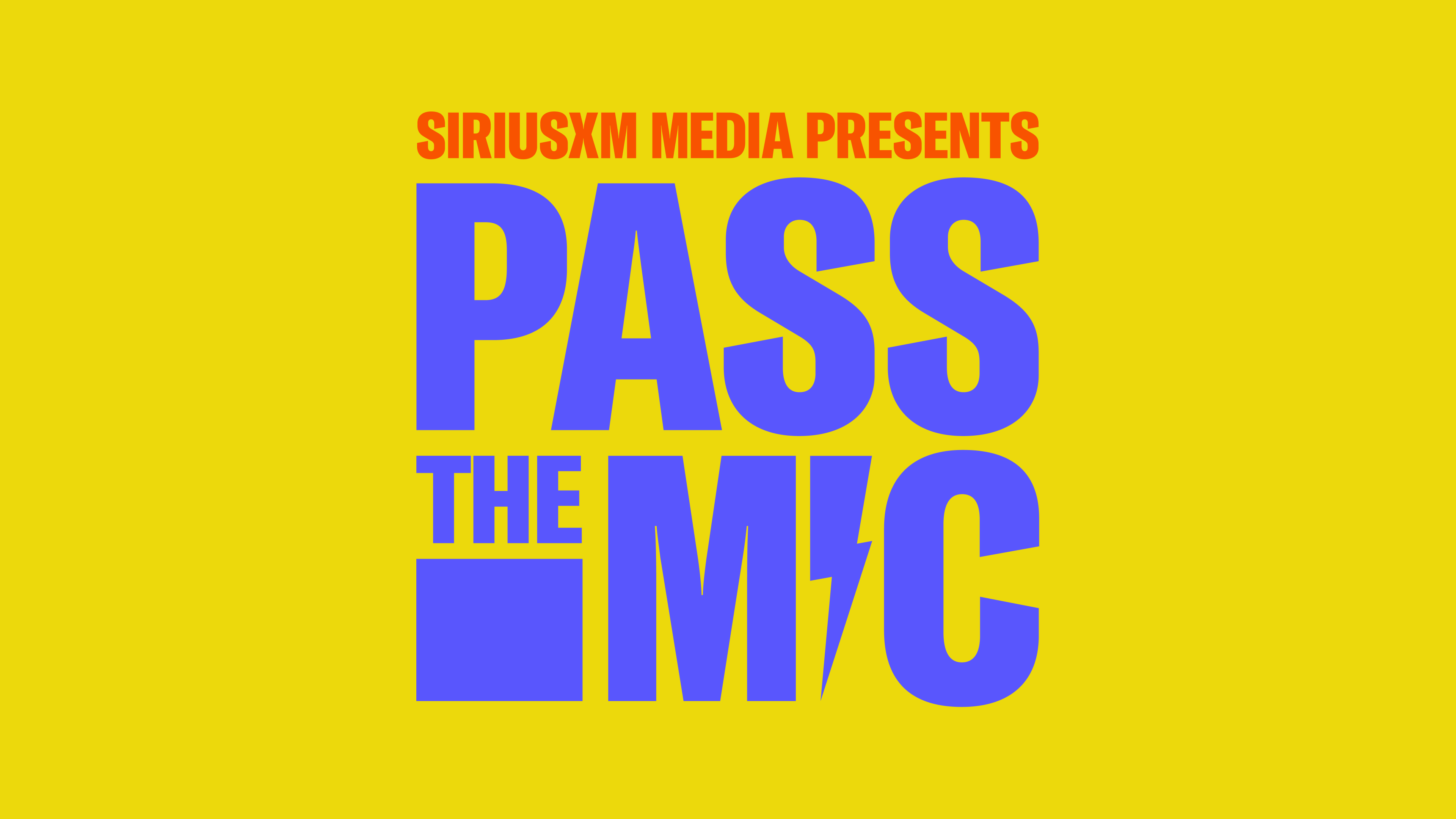Retail in the Time of COVID-19, Part 2: Adjusting the Media Mix
Apr 7, 2020“Nothing is more dangerous than an idea, when it’s the only one we have.” For some reason, this Emile Auguste Chartier quote holds special meaning when considering how organizations typically deal with marketplace challenges. What did we do last year? How are our competitors thinking? What will cause the least internal turmoil and disruption? How will Wall Street react?
These singular and rather straightforward examples represent part of the decision-making process for many companies and depend upon a reliance of outcome from historical precedent. Unfortunately, there is absolutely no precedent for what the retail industry is currently experiencing with the COVID-19 outbreak, and this thought provides the fodder for today’s blog post regarding media strategy.
Adjusting the Media Mix
Even in the best of times retailers can have incredible difficulty getting the right brand awareness and consumer attention in a competitive and crowded marketplace. It’s about to become even more difficult, albeit hopefully temporary. As many have observed, media consumption behaviors have dramatically changed since the onset of Coronavirus social restrictions. Without a doubt, retailers will be forced to rethink not only their messaging but also their media strategy for the foreseeable future. Reliable game plans of the past are no longer valid.
Speaking of game plans, the first casualty of COVID-19 were sporting events. You name it: the NBA, NHL, professional baseball, college basketball tournaments, Wimbledon and even the 2020 Olympics have seen delayed schedules or cancellations. And then, the related media spend came tumbling down. Since it’s not so easy for clients to walk away from television upfront agreements, agencies and networks are scrambling to reallocate those dollars to other owned content hubs. But for this season, the sports audience has been lost.
Terrestrial radio has also been adversely impacted by these cancellations since there are no live events to broadcast, and the efforts to fill sports programming with “topical chatter” have resulted in a pretty dismal content failure. Adding to the plight of terrestrial AM/FM radio is the huge loss of audience during morning and evening drive time. One of the last remaining strongholds of this audio channel appears to be headed for the bone yard in the short-term. For this same reason, out of home advertising will be hard hit, too.
But all is not lost! The redirect of media attention due to the COVID-19 dilemma has created an unusual opportunity to reach individuals and families in a home environment across all dayparts. It’s literally a quarantined captive audience who are devouring news updates, music favorites and streaming audio/video content like never before. In fact, according to a recent Nielsen report, three-fourths of U.S. consumers are broadening their media options since the onset of COVID-19 with streaming subscriptions and TV-connected devices. It appears that streams have grown into rivers for ad-supported audio and video streaming platforms. And with the unique capability to deliver a more personalized or tailored message to registered targets, it’s a win-win for advertisers and audiences alike.
Bottom line: merely deploying a “disaster recovery” media strategy off the shelf will not suffice given this unprecedented situation. In addition to what was discussed in the first installment of this blog about the need to thoughtfully adjust ad messaging, even more thought must be applied to the media channels used to deliver them.
Stay tuned for the next post installments on other retail topics:
· Changing the Product Focus · Operating Differently · Joining Forces · For Some, It’s Business as Usual



